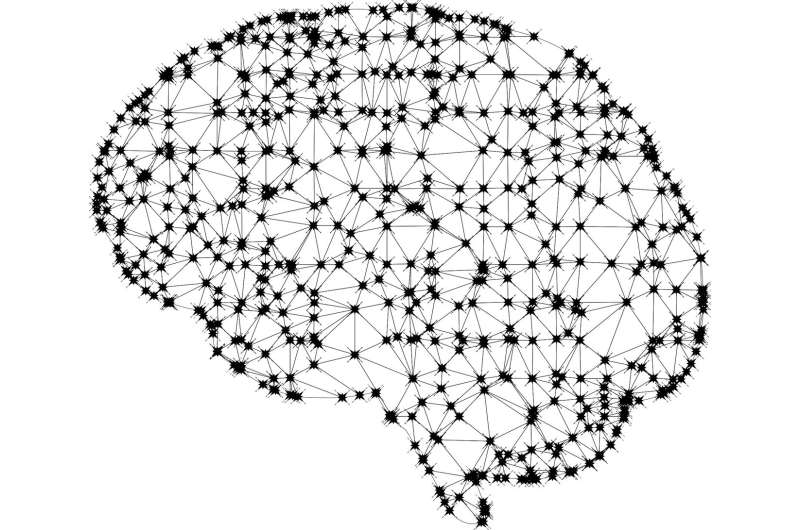July 6, 2018 report
Nucleus tuberalis lateralis found to play a central role in regulating eating behavior

A team of researchers from China and Singapore has discovered a region in the brain that appears to play a central role in regulating eating behavior. In their paper published in the journal Science, the group describes their study of the brain region and what they found. Sabrina Diano with the Yale University School of Medicine offers a Perspective piece on the work done by the team in the same journal issue.
As scientists seek to better understand why so many people today are eating too much and becoming obese, they look to the brain for clues. In this new effort, the researchers focused their efforts on the nucleus tuberalis lateralis—a subset of somatostatin neurons in a part of the hypothalamus. Prior research had shown that when people experience damage to this part of the brain, they tend to lose their appetite and wind up losing weight.
To learn more about the region, the researchers turned to mouse models. They began by looking for the mechanism involved in activating the neurons and found that both hunger and the presence of a hormone called ghrelin did so. Next, they conducted several experiments that involved activating and deactivating the neurons. In so doing, they found that removing the region altogether resulted in reduction in food intake and weight loss. In contrast, injecting ghrelin (or withholding food) caused the mice to eat more when food became available. In the former case, it resulted in weight gain. The researchers found that overall eating behavior in the mice could be controlled using either drugs or optogenetics to turn the neurons on and off at will.
The researchers conclude by suggesting the nucleus tuberalis lateralis plays a significant role in regulating eating—at least in mice. More research is required to ascertain whether the same is true for humans. If so, they note, drugs targeting the region might be developed to treat obese patients or those with other eating disorders. Diano agrees, suggesting that the results warrant further investigation to find out if the neural region plays the same role in humans.
More information: Sarah Xinwei Luo et al. Regulation of feeding by somatostatin neurons in the tuberal nucleus, Science (2018). DOI: 10.1126/science.aar4983
Abstract
The tuberal nucleus (TN) is a surprisingly understudied brain region. We found that somatostatin (SST) neurons in the TN, which is known to exhibit pathological or cytological changes in human neurodegenerative diseases, play a crucial role in regulating feeding in mice. GABAergic tuberal SST (TNSST) neurons were activated by hunger and by the hunger hormone, ghrelin. Activation of TNSST neurons promoted feeding, whereas inhibition reduced it via projections to the paraventricular nucleus and bed nucleus of the stria terminalis. Ablation of TNSST neurons reduced body weight gain and food intake. These findings reveal a previously unknown mechanism of feeding regulation that operates through orexigenic TNSST neurons, providing a new perspective for understanding appetite changes.
© 2018 Phys.org


















